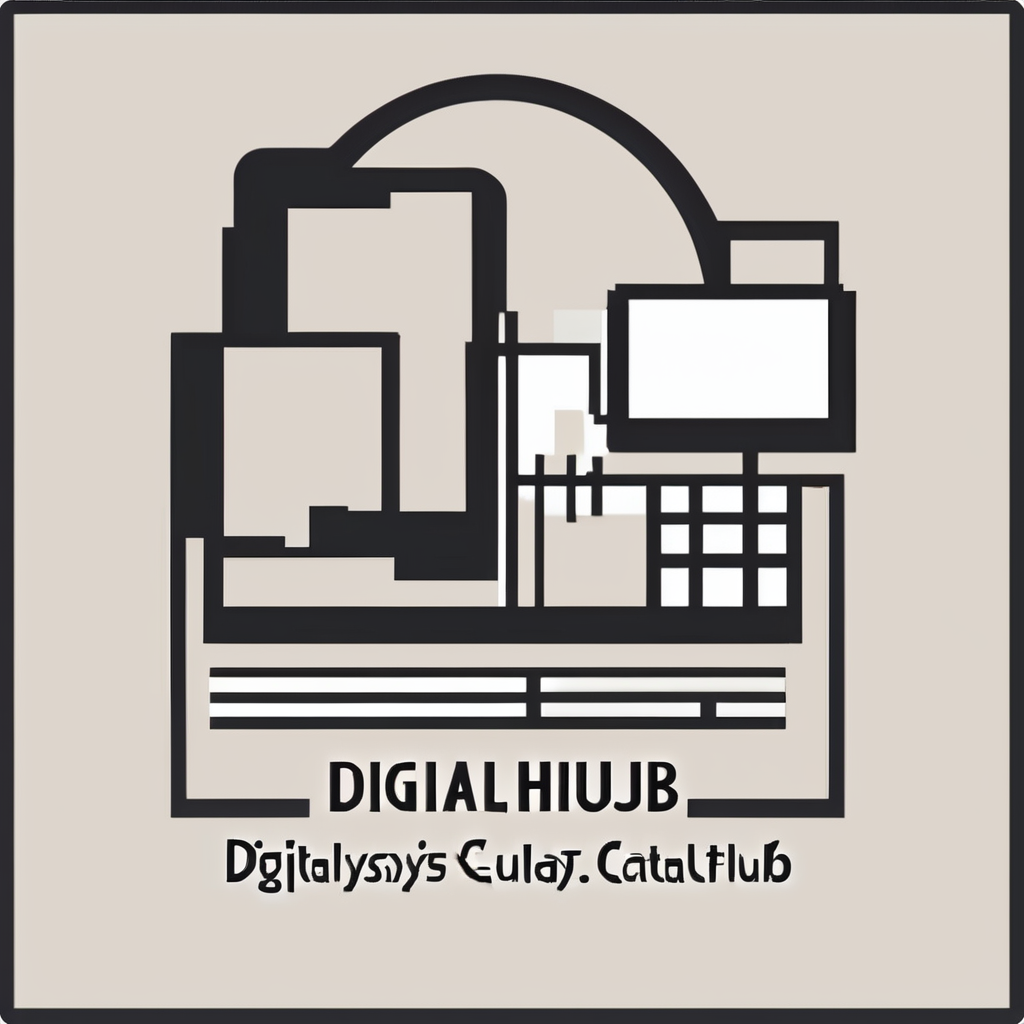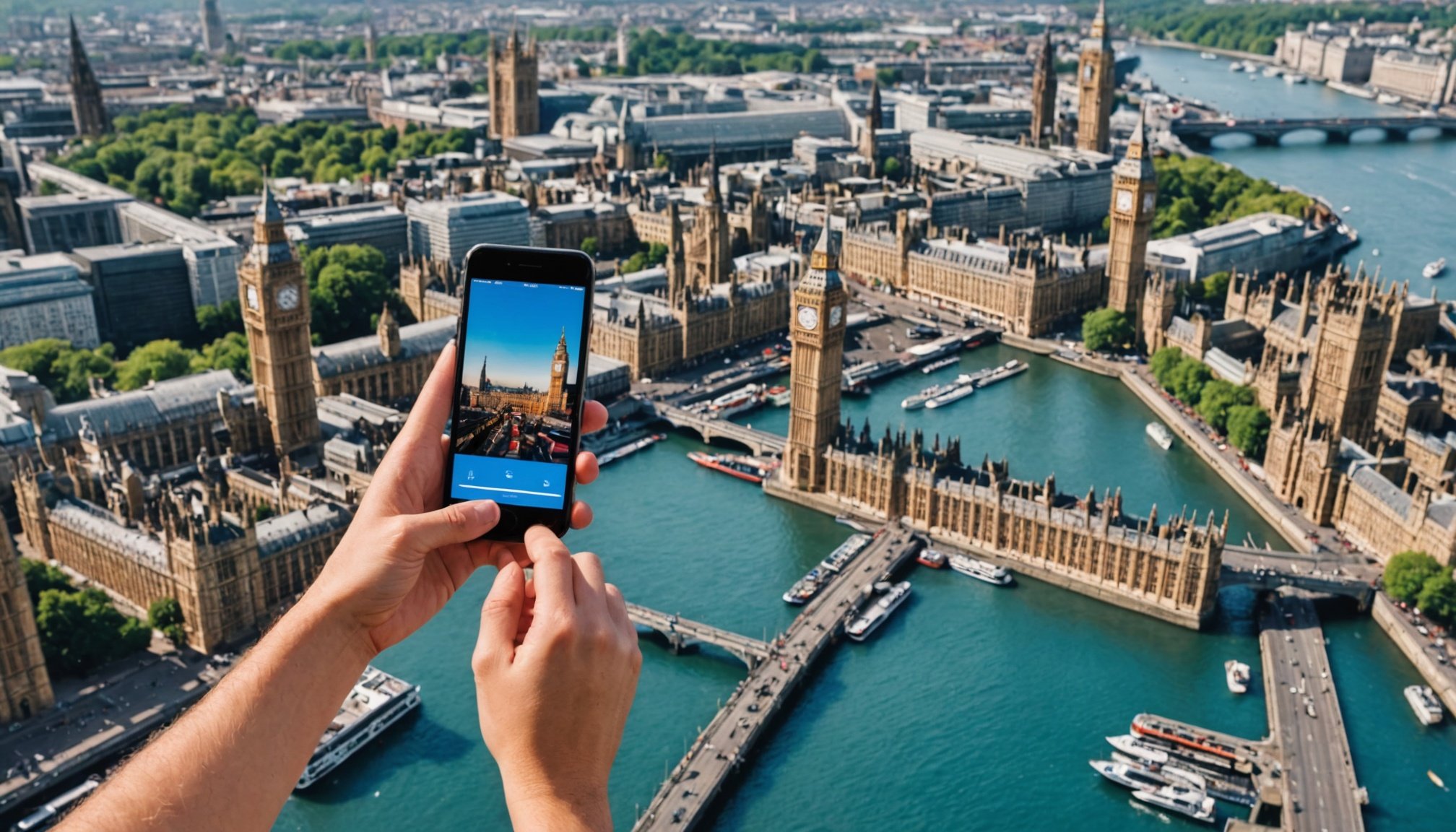Unlocking the Power of Influencer Marketing: A Comprehensive Blueprint for UK Tourism Boards to Attract Fresh Visitors
In the ever-evolving landscape of tourism marketing, influencer marketing has emerged as a potent tool for attracting new visitors and boosting tourism numbers. For UK tourism boards, leveraging influencer marketing can be a game-changer, especially when executed with a well-thought-out strategy. Here’s a detailed blueprint on how to harness the power of influencer marketing to drive growth and success in the travel tourism sector.
Understanding the Landscape of Influencer Marketing
Before diving into the specifics, it’s crucial to understand the current landscape of influencer marketing. This sector has grown exponentially, with platforms like Reach Influencers and Videreo facilitating connections between brands and influencers[3][1].
Also to discover : Top Strategies to Boost Customer Loyalty for Subscription Services in the UK
Key Trends in Influencer Marketing
- Sustainability and Authenticity: With the increasing focus on sustainable tourism, influencers who promote eco-friendly and responsible travel practices are gaining more traction[5].
- User-Generated Content (UGC): UGC is a powerful tool for building trust and authenticity. Campaigns that encourage past visitors to share their experiences on social media can significantly boost organic reach[2].
- Cross-Channel Approaches: Successful campaigns often involve a multi-channel strategy, including social media, email marketing, and targeted advertising to reach a wider audience[2].
Identifying the Right Influencers
The first step in any influencer marketing campaign is to identify the right influencers who align with your brand values and target audience.
Criteria for Selection
- Relevance: Ensure the influencer’s content is relevant to your tourism board’s offerings. For example, if you are promoting outdoor activities in Scotland, an influencer who specializes in outdoor adventures would be ideal[5].
- Reach and Engagement: Look for influencers with a significant following and high engagement rates. Micro- and nano-influencers can be particularly effective due to their niche audiences and higher engagement levels[3].
- Authenticity: Choose influencers who have a genuine interest in your destination. Authenticity is key to creating compelling content that resonates with the audience.
Building a Comprehensive Campaign
A successful influencer marketing campaign involves several components, each designed to maximize impact and engagement.
In parallel : Boosting brand exposure: innovative influencer marketing tactics for beauty brands in the uk
Campaign Structure
- Objective Setting: Clearly define the objectives of your campaign. Are you looking to increase brand awareness, drive sales, or promote specific attractions? Having clear goals will help you measure success[4].
- Influencer Collaboration: Work closely with influencers to create high-quality content. This could include videos, blog posts, or social media updates. For instance, Tourism New Zealand’s “If You Seek” campaign involved influencers creating content that showcased the country’s year-round attractions[2].
- Content Guidelines: Provide influencers with clear guidelines on the type of content you are looking for. This includes product recommendations, brand messaging, and any specific hashtags or tags to use.
- Cross-Channel Promotion: Ensure that the content created by influencers is cross-posted on multiple platforms, including Instagram, TikTok, YouTube, and other relevant social media channels.
Leveraging User-Generated Content
User-generated content is a powerful tool in any marketing campaign, and it is especially effective in the tourism sector.
How to Encourage UGC
- Hashtag Campaigns: Launch hashtag campaigns that encourage visitors to share their experiences. For example, Tourism Ireland’s “Wild Atlantic Way” campaign used hashtags like #FillYourHeartWithIreland and #LoveIreland to gather UGC[2].
- Incentives: Offer incentives such as discounts, free stays, or exclusive experiences to encourage visitors to share their content.
- Showcasing UGC: Feature UGC on your official social media channels and website. This not only gives the creators a sense of pride but also adds authenticity to your marketing efforts.
Measuring Success and Long-Term Impact
Measuring the success of an influencer marketing campaign is crucial for understanding its impact and making necessary adjustments.
Key Metrics to Track
- Engagement Rates: Monitor likes, comments, shares, and other engagement metrics to see how well the content is performing.
- Reach and Impressions: Track the number of people who have seen the content and the total impressions.
- Conversion Rates: Measure the number of visitors who have booked trips or made purchases based on the influencer content.
- Social Proof: Collect testimonials and reviews from influencers and their followers to build social proof.
Practical Insights and Actionable Advice
Here are some practical insights and actionable advice to help you get started with your influencer marketing campaign:
Building a Strong Marketing Team
- Hybrid Working: Consider adopting hybrid working models to ensure your marketing team can work efficiently from anywhere, leveraging the flexibility of remote work to collaborate with global influencers[4].
- Graphic Designer: Ensure you have a skilled graphic designer on your team to create high-quality visuals that align with your brand and the content created by influencers.
Target Audience Identification
- Monthly Analytics: Conduct monthly analytics to understand your target audience better. This includes demographics, interests, and engagement patterns.
- Email Marketing: Use email marketing to keep your audience engaged and informed about new campaigns and offerings.
Long-Term Partnerships
- Long-Term Collaborations: Focus on building long-term partnerships with influencers rather than one-off collaborations. This can lead to more authentic and consistent content over time[3].
Success Stories and Case Studies
Looking at success stories can provide valuable insights into what works and what doesn’t.
Tourism New Zealand’s “If You Seek” Campaign
- This campaign is a prime example of how influencer marketing can be used to promote a destination year-round. By focusing on off-peak seasons and using UGC, Tourism New Zealand was able to attract visitors during quieter periods[2].
VisitScotland’s “Good for the Soul” Campaign
- This campaign highlights the importance of sustainable tourism. By partnering with influencers who promote responsible travel practices, VisitScotland has been able to attract visitors who are looking for meaningful and sustainable travel experiences[5].
Table: Comparing Influencer Marketing Platforms
Here is a comparative table of some popular influencer marketing platforms that UK tourism boards can consider:
| Platform | Key Features | Target Audience | Pricing |
|---|---|---|---|
| Reach Influencers | Access to over 250 million influencers, easy campaign management, mobile-friendly interface[3] | Businesses and influencers | Varies based on campaign |
| Videreo | Map-based content search, affiliate link integration, subscription model for suppliers[1] | Video-first influencers | Varies based on engagement |
| Acorn Tourism | Comprehensive digital marketing, national tourism website development, influencer partnerships[4] | Tourism boards and businesses | Custom quotes based on project scope |
Quotes from Industry Experts
Here are some quotes from industry experts that highlight the importance and effectiveness of influencer marketing:
- “Influencer marketing is not just about reaching a wider audience; it’s about creating authentic and engaging content that resonates with potential visitors.” – Director, Acorn Tourism Consulting[4].
- “User-generated content is a game-changer in tourism marketing. It adds a layer of authenticity that traditional advertising cannot match.” – Marketing Manager, VisitScotland[5].
Influencer marketing is a powerful tool that UK tourism boards can leverage to attract fresh visitors and drive growth in the travel tourism sector. By identifying the right influencers, building comprehensive campaigns, leveraging user-generated content, and measuring success, tourism boards can create impactful and sustainable marketing strategies.
Final Thoughts
- Apply Visit: Encourage visitors to apply and participate in your campaigns through clear calls-to-action.
- World Cup of Influencers: Consider hosting events or competitions that bring influencers together to promote your destination, similar to a “World Cup” of influencers.
- Mental Health: Promote travel as a way to improve mental health, aligning with the growing trend of wellness tourism.
By following this blueprint and integrating the latest trends and best practices, UK tourism boards can unlock the full potential of influencer marketing and attract a new wave of visitors to their destinations.











